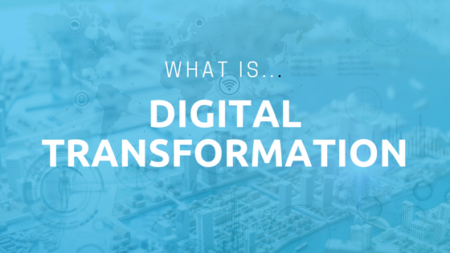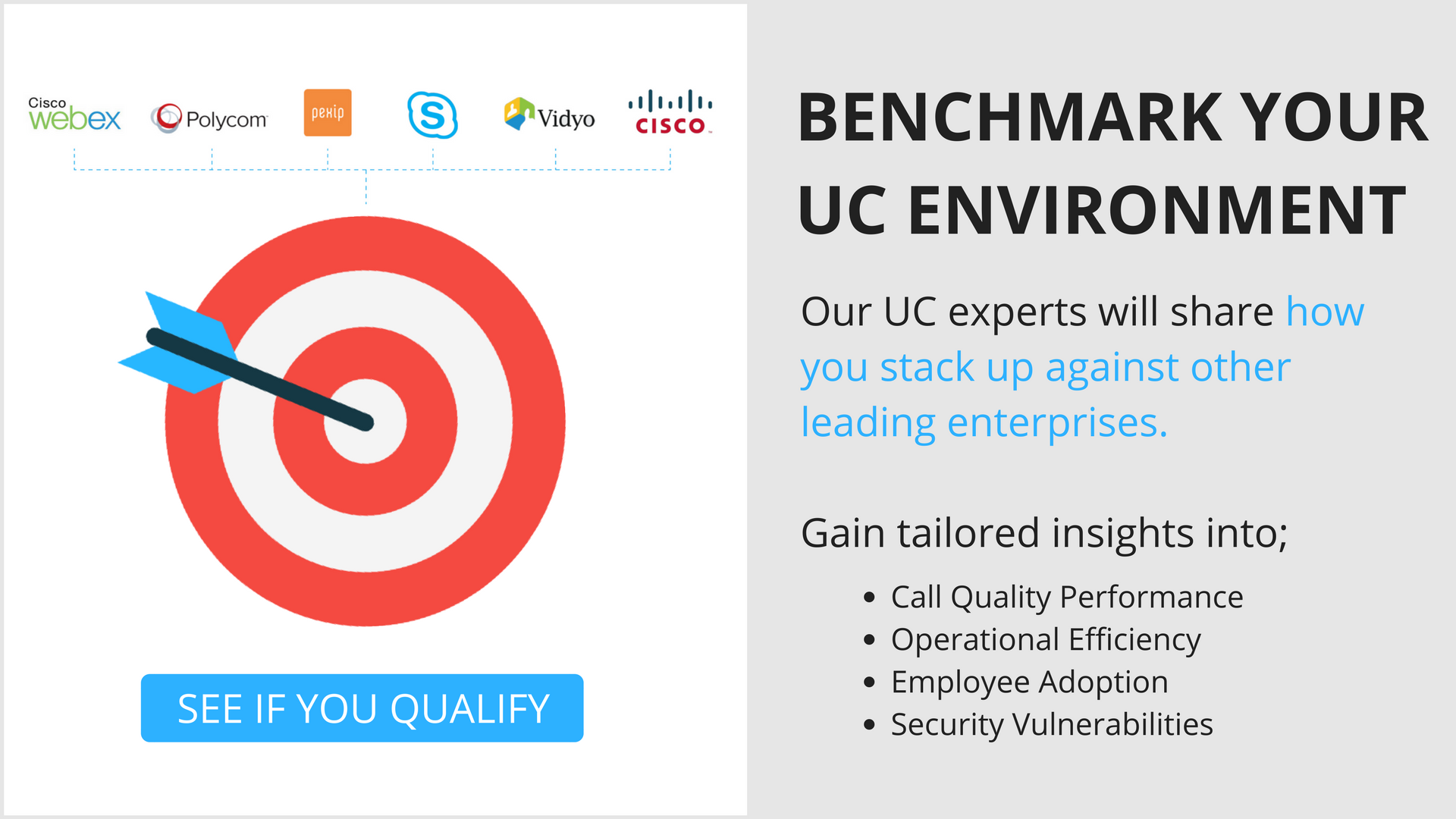A popular buzz word in the unified communications industry these days is Digital transformation. The term has been associated with modern business success in everything ranging from blog posts, thought-leadership white papers to even event keynotes (we’re looking at you, Microsoft Ignite!).
Often considered a nebulous term, digital transformation wears many hats, and dutifully so as the word transformation means many different things to many different organizations. Instead of illustrating one specific path, digital transformation is often used as overarching theme that frames change and modernization – transforming what used to be.
From the SMB to the corporate enterprise, the C-suite is looking at ways to enact organizational change from the top down, both to become more competitive in the present and to prepare for what doing business will look like in the future.
Defining “digital transformation” in 2019
Defining digital transformation is difficult to do with any simple explanation because it has a different meaning depending on who you ask. A quick Google search states: “digital transformation is the novel use of digital technology to solve traditional problems.”
Our definition of digital transformation would read more like this: “digital transformation is the integration of digital technology into the core of a business’ function, from hierarchy to tools and operations to customer service.”
Going through a digital transformation means your organization has utilized the tools available to move into the modern era of the global workforce, embracing unified communications and collaboration in the process.
What digital transformation means for a business
For businesses who leverage UC technologies, digital transformation has long been a part of the industry, even before anyone knew to call it a “transformation” of sorts. The point of digital transformation in UC&C is to create an environment where teams can communicate, share, talk, and listen in an easy, flexible way that suites their environment—whether they’re on a mountain in Japan or a valley in California. With teams and the overall general workforce becoming more globally dispersed, communication can’t falter, in fact, it has to be stronger than ever to stand up against the force of a remote workforce. If you don’t have a succinct, cohesive, dependable collaboration environment, that will slow down productivity and cause a significant impact to an organization’s bottom line.
There’s a saying, “Time wasted is money lost.” In an environment where people are constantly trying to figure out how to connect digitally, but they can’t so they resort to only meeting face-to-face, that slows down everything. Aged collaboration environments create a bottle neck to success. With the digital age here and stronger than ever, with amazing, time-saving, stress-reducing capabilities, it’s time that organizations step up and ensure that they’ve taken the steps to engage a fully-functioning digitally transformed collaboration environment.
So what?
In today’s ever-evolving world, staying competitive can mean the difference between a business thriving and barely surviving. Knowing that staying competitive will be the backbone to either make or break your company, organizations should take every precaution and step to ensure that they give their teams and employees tools they need to stay in touch, collaborate and communicate in the most efficient way, wherever they may roam. Gone are the days of an office jockey only style meeting, people and teams are mobile and it’s up to the companies that employ them to embrace the model and invest in the tools to make them not only feel like they are able to sustain this era of digital workplace, but feel empowered to embrace having a digital workplace to begin with. The technology you provide should stay current, which includes desktops, tablets, laptops, smartphones, huddle rooms, etc., yes, but having these and only these doesn’t guarantee success. You have to ensure that having these mobile and non-mobile collaboration environments make sense for your users and the way they prefer to communicate. After all, it’s up to the employees to carry the “digital torch” across the finish line, but the company has to be the one that lights the fire.








